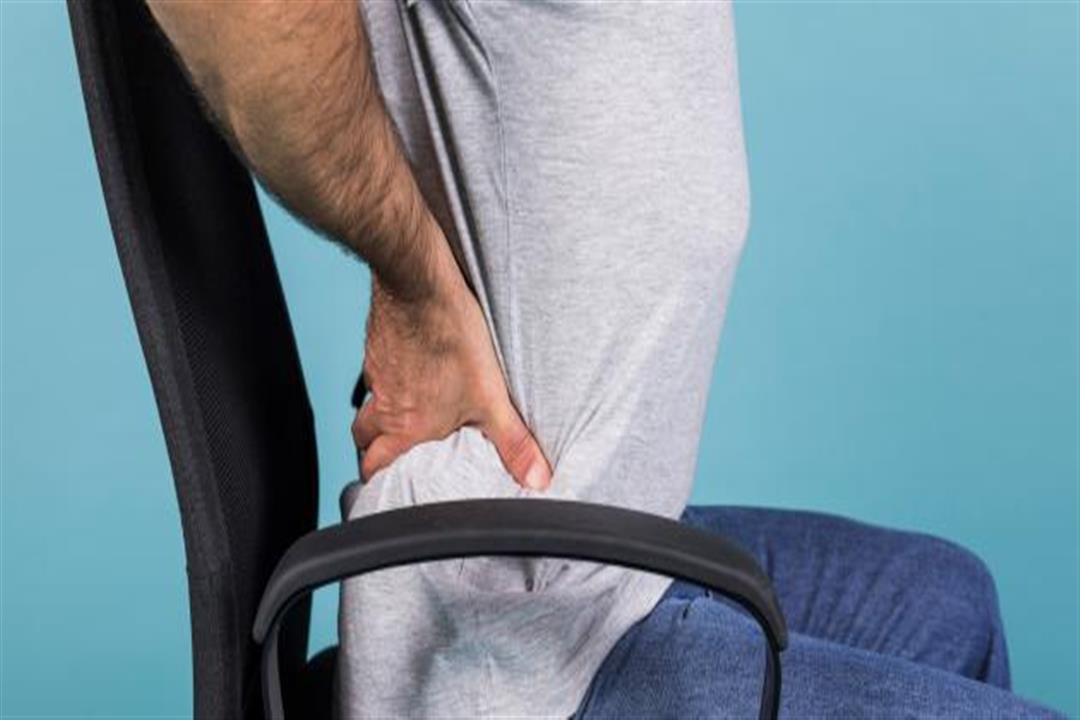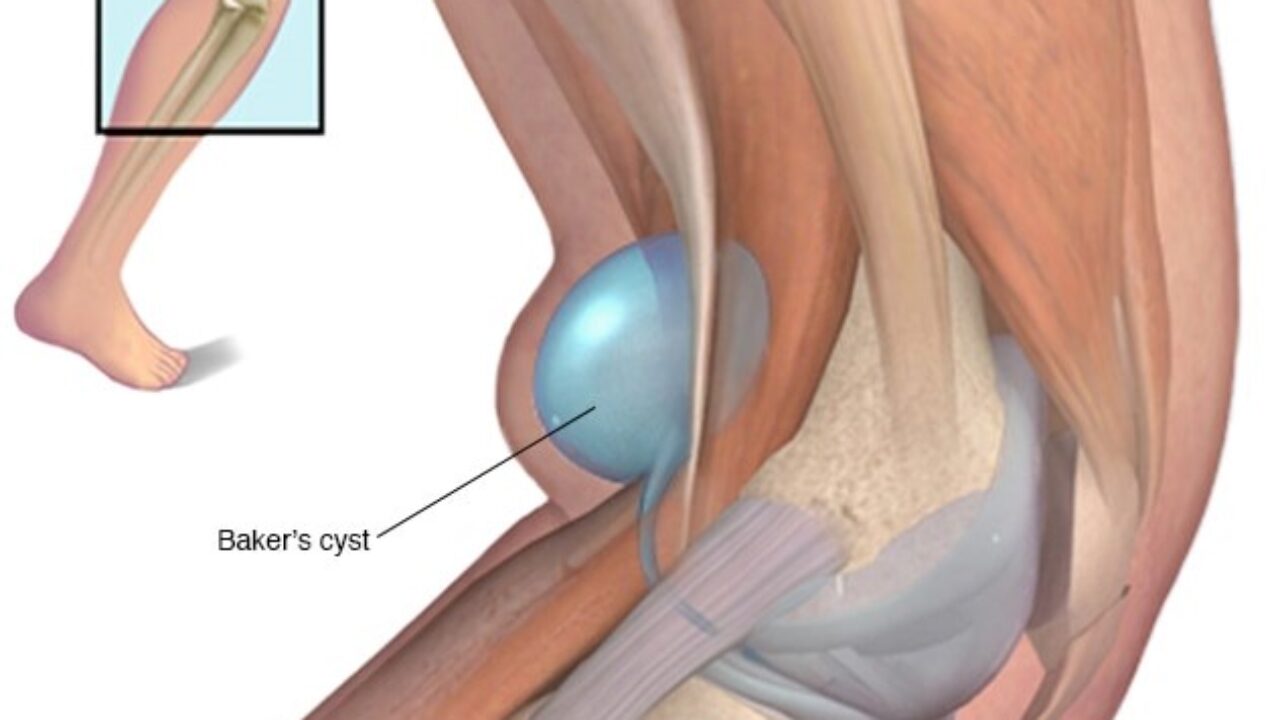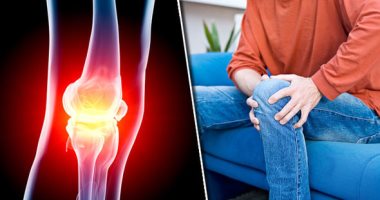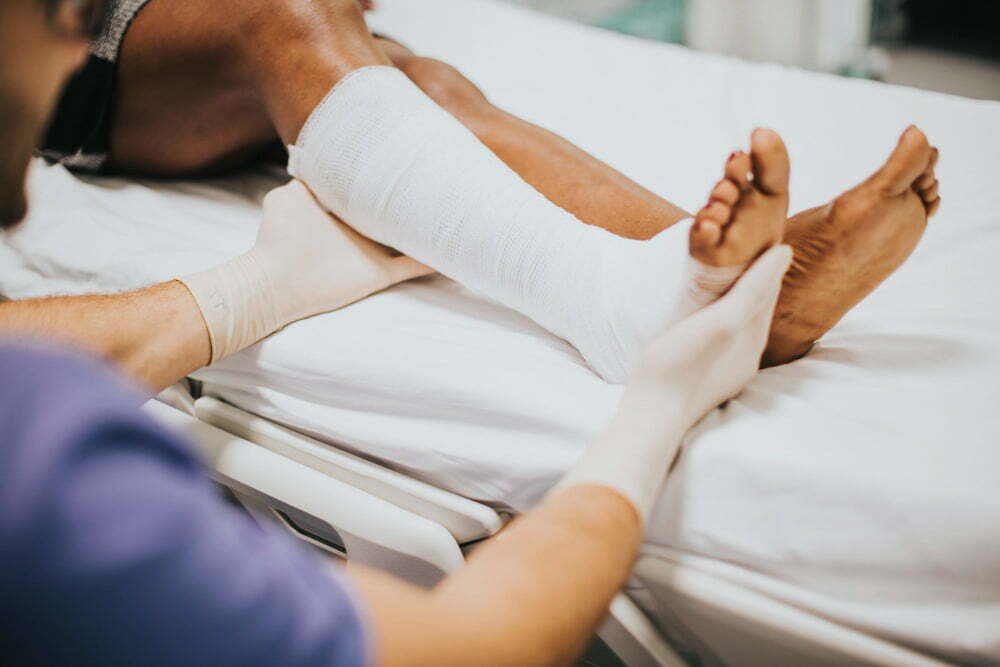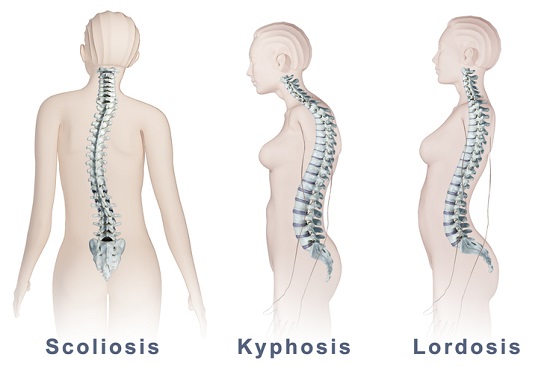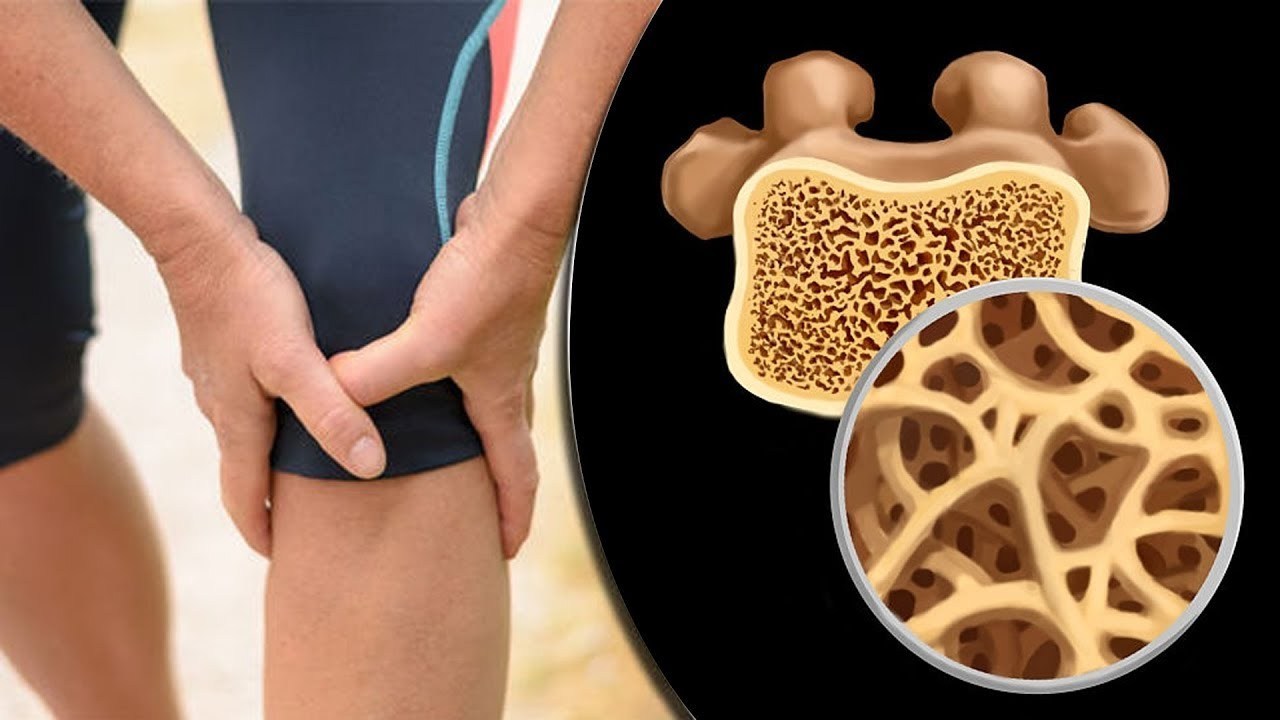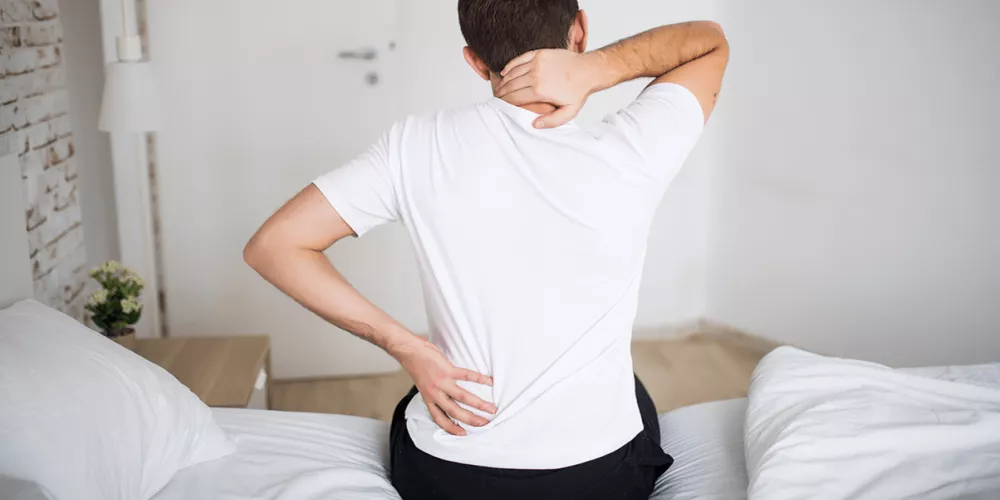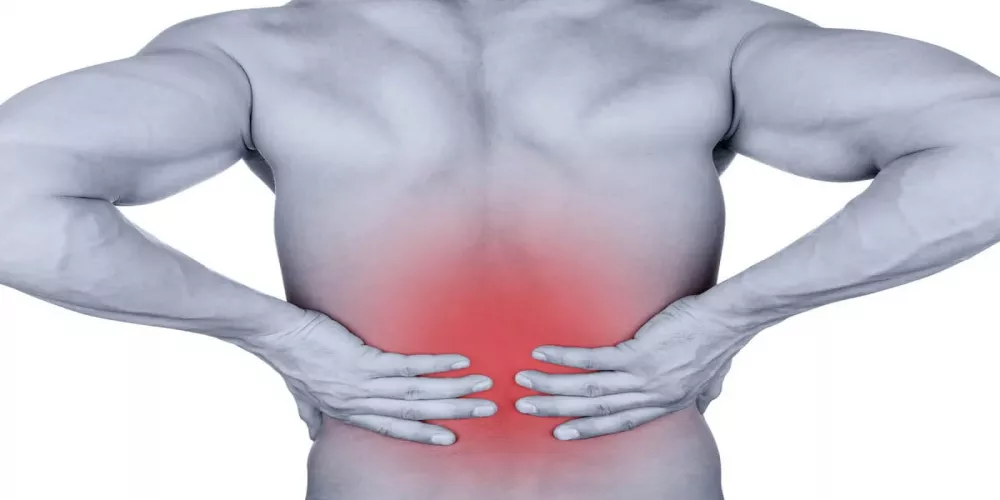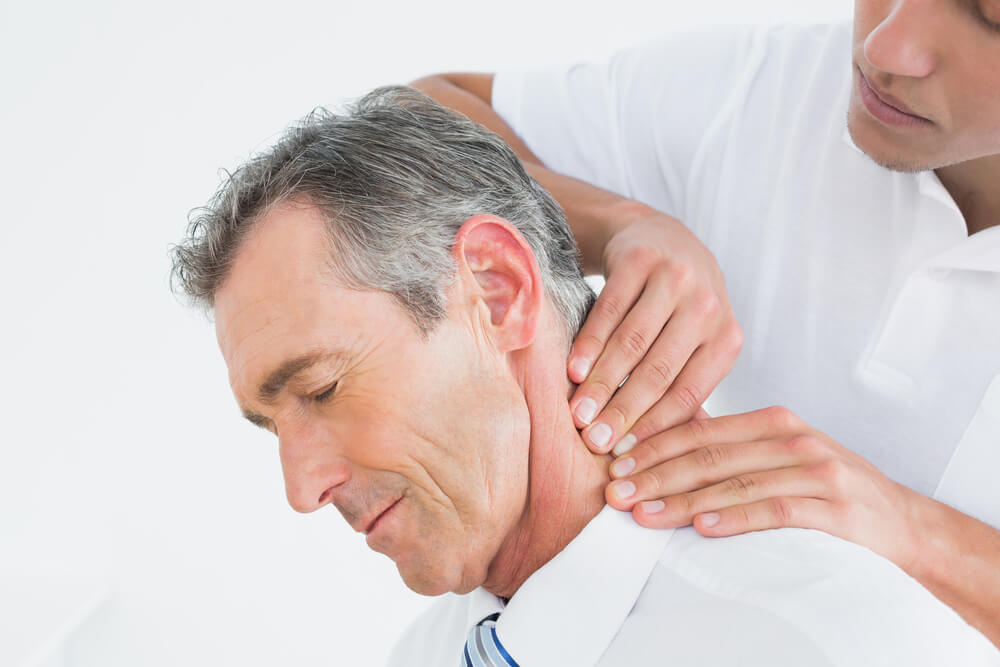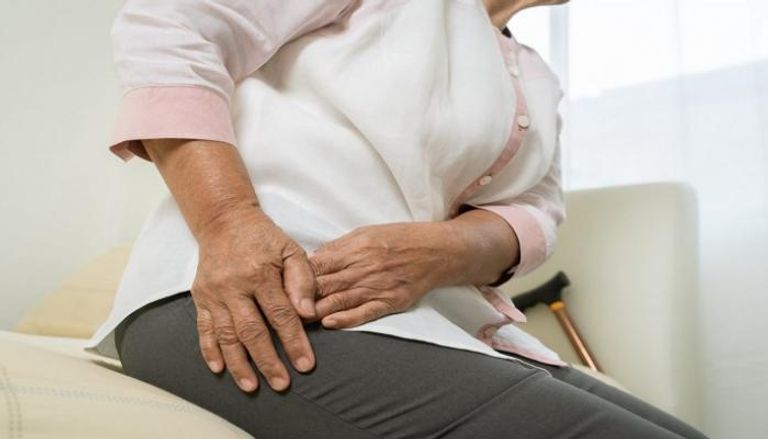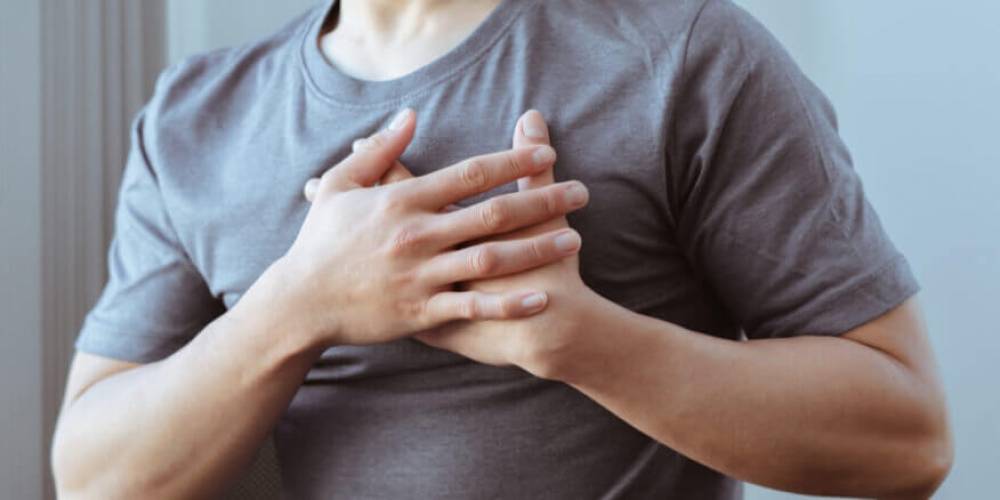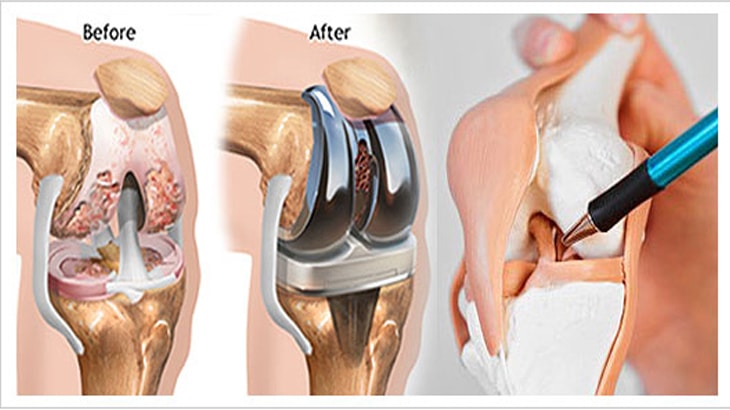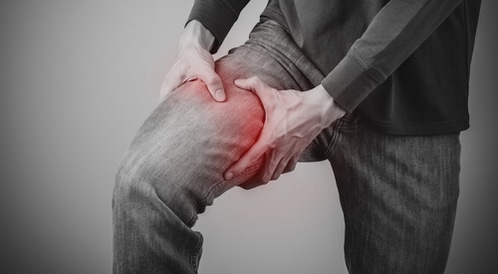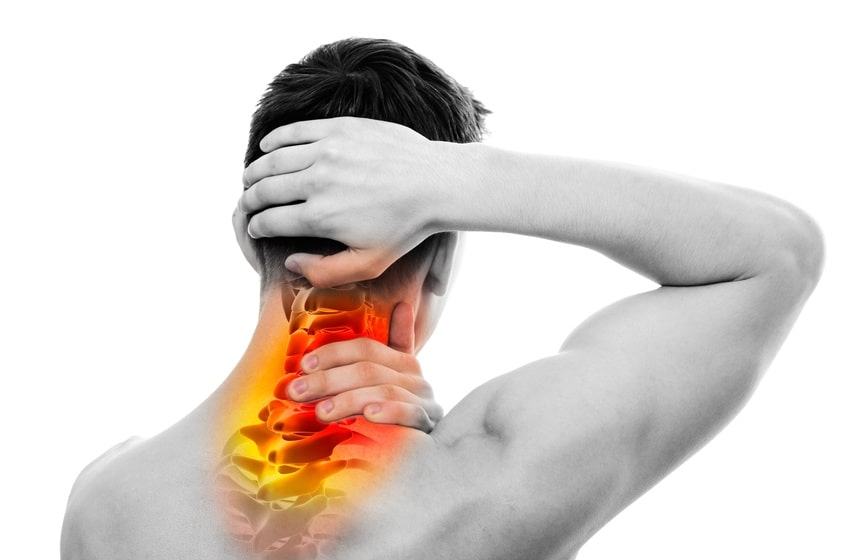The Best Center for Spinal Stenosis Treatment in Egypt and What Is the Cost?
The Best Center for Bone Spur Treatment in Egypt – Bone spurs can be a problem for some people, leading them to search for a medical center and a specialized doctor for bone spur treatment in order to achieve good results and get rid of the problem that troubles them and causes pain. In the following paragraphs, we will shed light on the concept of bone spurs, their main causes, symptoms, and their consequences, as well as how to diagnose them, so stay with us to learn about everything that is new.

The Best Center for Bone Spur Treatment in Egypt
In Egypt, there are many orthopedic doctors specialized in the treatment of bone spurs. What patients often look for is a medical center with a skilled and experienced doctor in this field. You can find this at Dr. Amr Amal’s center, where the latest medical techniques are used to help patients easily and effectively get rid of the pain they experience. Dr. Amr Amal is one of the best orthopedic doctors in Egypt, specializing in bone and joint surgery at Ain Shams University. He also works as a faculty member at Ain Shams University, where he obtained his master’s and doctoral degrees. He is known for providing the best services to his patients and caring for them in his center at Foad Medical Tower in Nasr City.
What is Bone Spur?
Bone spur is a health problem that affects the foot, characterized by a bony outgrowth that forms in the heel of the foot due to calcium deposits in the heel area. This condition can cause a painful sensation for many people, feeling like walking on thorns or nails, resulting in discomfort during various activities.
What Causes Bone Spur?
Bone spurs are caused by inflammation of the membrane lining the foot, which connects between the toes and the heel bone, protecting the foot from shocks. Additionally, calcium deposits accumulate under the foot, and this problem does not appear suddenly but takes several months to develop. Some factors increase the risk of bone spur, including:
- Excess weight.
- Congenital foot defects.
- Walking barefoot on hard surfaces.
- Aging.
- Wearing inappropriate shoes.
- Prolonged standing.
- Injuries and bruises on the heels.
- Health problems, including plantar fasciitis, arthritis, and tendonitis.
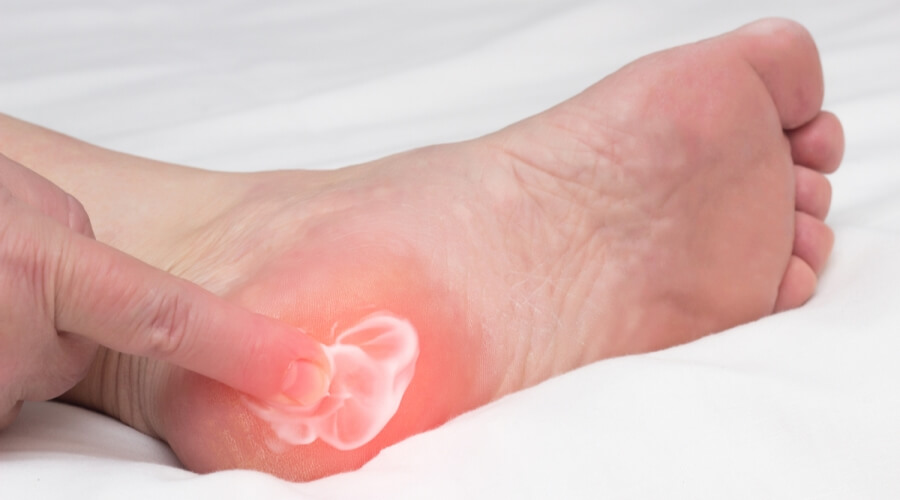
What are the Symptoms of Bone Spur?
Symptoms of bone spur include pain in the lower heel or the middle of the foot. The pain may vary from mild to severe, and some people may feel pain in the lower foot extending to the top of the heel.
Patients may experience numbness and weakness in the limbs if the bone spur compresses the nerves that supply them. Typically, the pain is at its worst in the morning or after resting for long periods. It may worsen after activity or prolonged walking. The pain can also be aggravated due to irritation or inflammation, and patients may not feel symptoms while moving but rather immediately after stopping activity.
How to Diagnose Bone Spur
“Put your trust in experienced hands and precision. Dr. Amr Amal uses the latest surgical techniques to treat bone spurs and achieve a rapid recovery.”
The doctor examines the patient’s symptoms, learns about their daily lifestyle, and then performs an X-ray examination of the foot. X-rays are the most effective way to detect bone spurs in the heel.
How to Get Rid of Bone Spur
There are several ways to treat bone spurs, including the following:
- Use toe separators.
- Use athletic tape.
- Patients can use shoe inserts to support the arch of the foot.
- Wear bone alignment socks during the day.
- Undergo physical therapy and massage sessions.
- In some cases, the doctor may recommend surgical intervention to remove the bone spur.

How to Treat Bone Spur at Home
There are several home remedies for treating bone spurs, including:
- Rest and ensure that the affected area is given several days of rest.
- Gently apply pressure to the area to reduce swelling.
- Elevate the area by propping the foot up on several pillows stacked on top of each other.
- Apply ice packs to the affected area for 20 minutes to reduce inflammation.
- Take pain relievers and anti-inflammatory medications to reduce pain and swelling.
Treatment of Bone Spur with Shockwave Therapy
“Discover the innovative solutions and modern treatments offered by Dr. Amr Amal for bone spur problems, so you can return to an active and stable life.”
Initially, bone spurs are treated with pain relievers, anti-inflammatory drugs, and relieving pressure on the feet. Ice packs are applied to the affected area, and proper footwear is emphasized. In the subsequent stage, physical therapy sessions are recommended, which significantly improve the condition and alleviate the patient’s pain.
If the patient does not respond to the above treatment methods, shockwave therapy can be used to treat bone spurs. Shockwave therapy is a modern technique that aims to improve inflammation and, therefore, reduce the patient’s pain. It has been shown to yield excellent results in this regard. The procedure involves local anesthesia, followed by the use of a medical device that generates high-frequency waves to reduce inflammation in the foot’s lower area, preventing pain. Patients typically experience tangible improvement after the session, and multiple sessions are usually required, with each session lasting about 10 minutes.
Cost of Treating Bone Spurs
The cost of treating bone spurs is determined based on several criteria, including the following:
- The competence, experience, and skill of the doctor treating the patient.
- The level of the hospital and the quality of care it provides to the patient.
- The type of treatment method used by the doctor and whether they performed surgery. The cost may vary depending on the specific surgical technique employed, such as lengthening the plantar fascia or removing part of the heel bone.

Foods to Avoid for Bone Spur Patients
There are certain foods that bone spur patients should avoid, including:
- Paying attention to weight reduction to alleviate pressure on the heel and foot, and avoiding excessive consumption of fatty meals.
- Avoiding foods rich in purines and uric acid, such as red meat, lamb, tuna, liver, and poultry like duck and turkey.
- Staying away from foods and juices that are high in fructose, such as mangoes, apricots, strawberries, tomatoes, and figs.
- It is essential not to overindulge in legumes like beans and lentils.
- Avoiding excessive consumption of carbonated beverages and alcoholic drinks.
- Patients should also refrain from eating nuts, as they can contribute to increased uric acid levels.
Does Walking Affect Bone Spurs?
The impact of walking on bone spurs varies depending on each individual case. In some cases, walking can help alleviate heel pain caused by bone spurs, while in other cases, walking may worsen the condition, leading to intense pain. When experiencing pain, the patient should rest as much as possible until the discomfort subsides. It is advisable to wear supportive shoes with orthopedic inserts when walking. The patient should also stretch and warm up their feet before long walks and avoid walking barefoot, even at home. For more information on how walking affects bone spurs, you can refer to this article.
Is Bone Spur Disease Serious?
In some cases, bone spur patients do not experience pain as a result of the condition. However, if bone spurs progress, they can lead to certain complications, including:
- Sudden tearing of the plantar fascia, with an increased risk in cases where steroid injections have been previously used.
- Weakening of the plantar fascia ligament.
- Muscle tension or strain along the bottom of the foot.
- Chronic heel pain.
- Numbness in the heel area.
- Flattening of the arch along the plantar fascia.
- Fat pad atrophy may occur if steroid injections have been administered. This results in the loss of the superficial fat pad’s ability to absorb shock, which may lead to walking impairments over time.
If you would like to learn more about the severity of bone spurs, you can refer to this article

Is Bone Spur a Chronic Condition?
“Get ready to get rid of heel spur pain and problems with Dr. Amr Amal, a recognized expert in lower limb surgery.”
Bone spur is not considered a chronic condition. Individuals affected by it can completely recover by adhering to the treatment plan provided by their doctor. However, in some cases where individuals are obese, have gout, suffer from joint inflammation, or engage in frequent and prolonged walking or running, symptoms may reappear after treatment.
Does Bone Spur Cause Numbness?
Neglecting the treatment of bone spurs can lead to the development of bony protrusions on the heel, causing severe pain and impairing mobility. Patients may experience numbness and tingling in the area of the bone spur. Additionally, neglecting bone spurs can lead to damage to the foot’s ligaments over the long term. In certain cases, neglecting bone spurs and the plantar fascia can lead to the rupture of small blood vessels in the foot, resulting in superficial bruising in the heel area.
What Is the Specialty of a Doctor for Bone Spurs?
Bone spurs are common issues that individuals may encounter in their lives, causing them a great deal of concern and distress. Therefore, many individuals wonder about the best possible treatment to achieve the most favorable results. To obtain the best possible treatment, it is advisable to consult with a doctor specialized in orthopedic surgery. The doctor may request imaging and medical tests to initiate an appropriate treatment plan tailored to your condition.

Can Watercress Treat Bone Spurs?
Vegetables contain numerous vitamins and essential nutrients that contribute to strength, health, and well-being. They can meet your daily nutritional needs and help address vitamin deficiencies, such as vitamin K deficiency. Vitamin K is crucial for bone health and reducing the risk of bone fractures. Watercress is a type of vegetable that provides significant benefits by offering a well-rounded diet and improving bone health considerably. It can also reduce the excretion of calcium in urine and enhance calcium absorption in bones significantly.
Does Vitamin D Deficiency Cause Heel Spurs?
Vitamin D is a highly beneficial vitamin, and its deficiency can lead to severe bone fragility. It is one of the prominent causes of heel spurs. Inadequate nutrition is a significant factor contributing to heel spurs, which can result in various issues and significant pain, with heel spurs being one of the most noticeable consequences.

